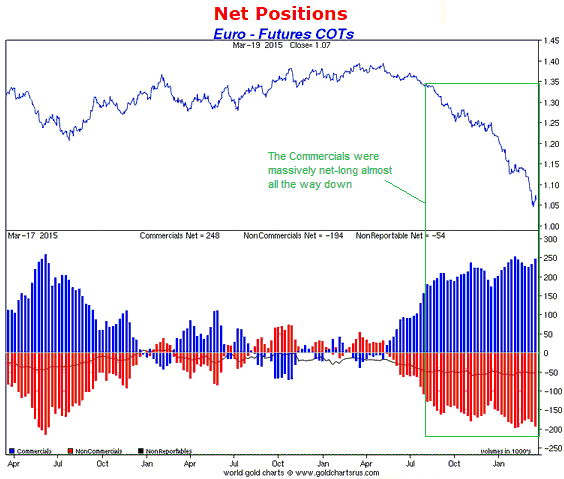Yesterday I published a short piece dealing with the logical fallacies and self-contradictions in one of Ben Bernanke’s early blogging efforts. David Stockman has since published a more in-depth demolition of the same Bernanke post, titled “Central Banking Refuted In One Blog — Thanks Ben!“.
Stockman starts with Bernanke’s absurd assertion that because the Fed’s actions determine the money supply and the short-term interest rate, the Fed has no choice other than to set the short-term interest rate somewhere. He points out that as originally designed/envisaged, the Fed “had no target for the Federal funds rate; no remit to engage in open market buying and selling of securities; and, indeed, no authority to own or discount government bonds and bills at all.” Instead, “[the] entire purpose of the original Fed’s rediscounting tool was to augment liquidity in the banking system at market determined rates of interest. This modus operandi was the opposite of today’s monetary central planning model. Back then, the rediscount window at each of the twelve Reserve Banks had no remit except the humble business of examining collateral.”
According to Stockman: “…in 1913 there was no conceit that a relative handful of policy makers at the White House, or serving on Congressional fiscal committees or at a central bank could improve upon the work of millions of producers, consumers, workers, savers, investors, entrepreneurs and even speculators. Society’s economic output, living standards and permanent wealth were a function of what the efforts of its people added up to after the fact — not what the state exogenously and proactively targeted and pretended to deliver.”
Stockman’s point, in a nutshell, is that the machinations of today’s Fed represent one of the most egregious examples of mission creep in world history.
For anyone interested in economics and economic history there’s a lot of useful information in the Stockman post. For example, Stockman notes that during the 40 years prior to the 1913 birth of the Fed, “the US economy had grown at a 4% compound rate — the highest four-decade long growth rate before or since — without any net change in the price level; and despite the lack of a central bank and the presence of periodic but short-lived financial panics largely caused by the civil war-era national banking act.”
In fact, Bernanke’s short post and Stockman’s lengthy rebuttal make an interesting contrast. The former is gibberish, whereas the latter displays a good understanding of economic theory and history.
 Print This Post
Print This Post

